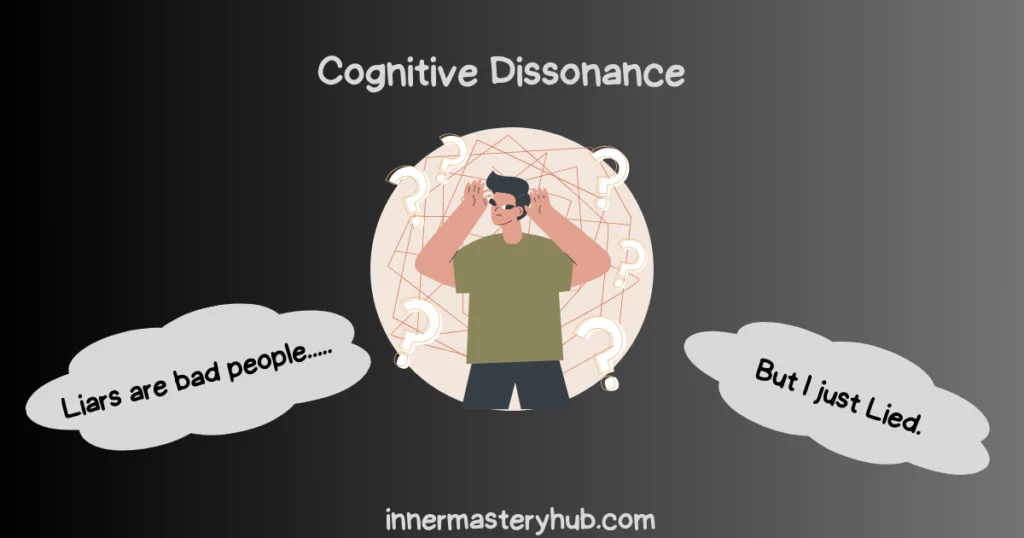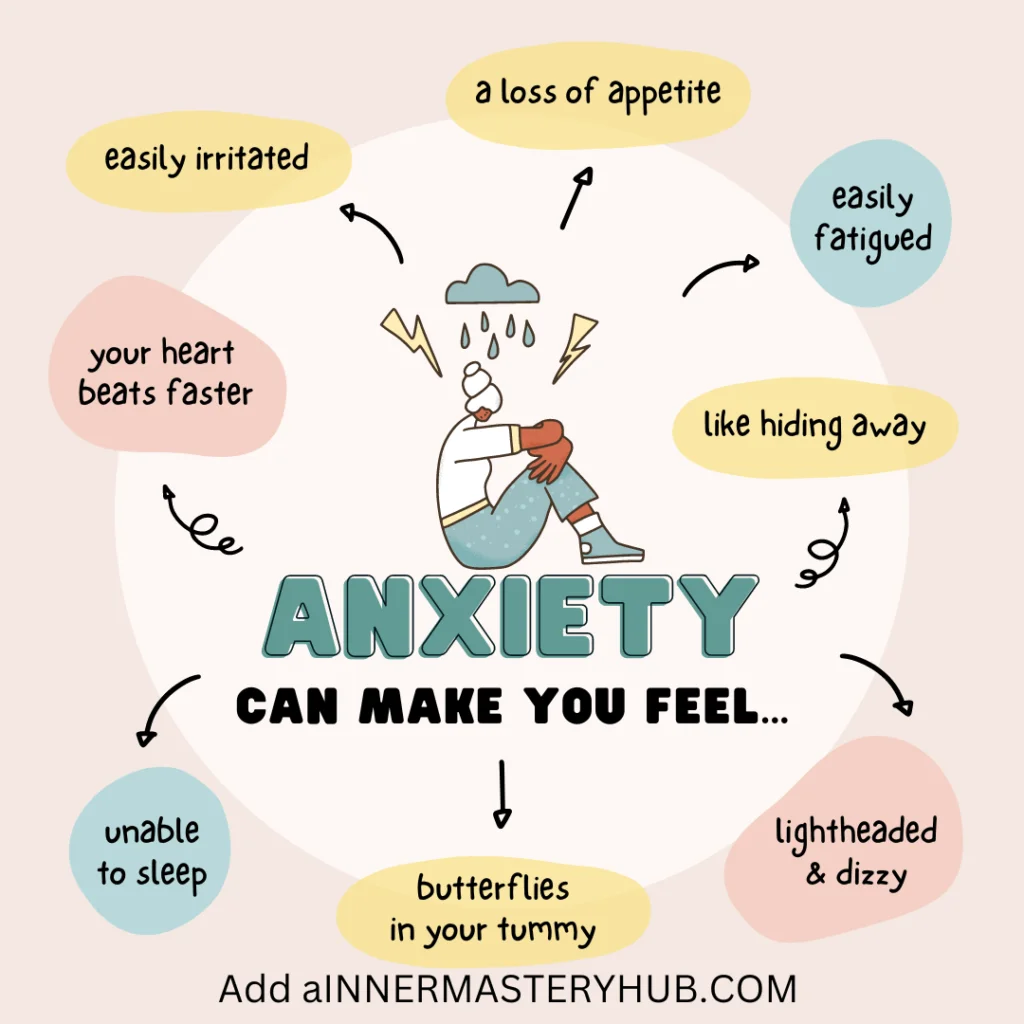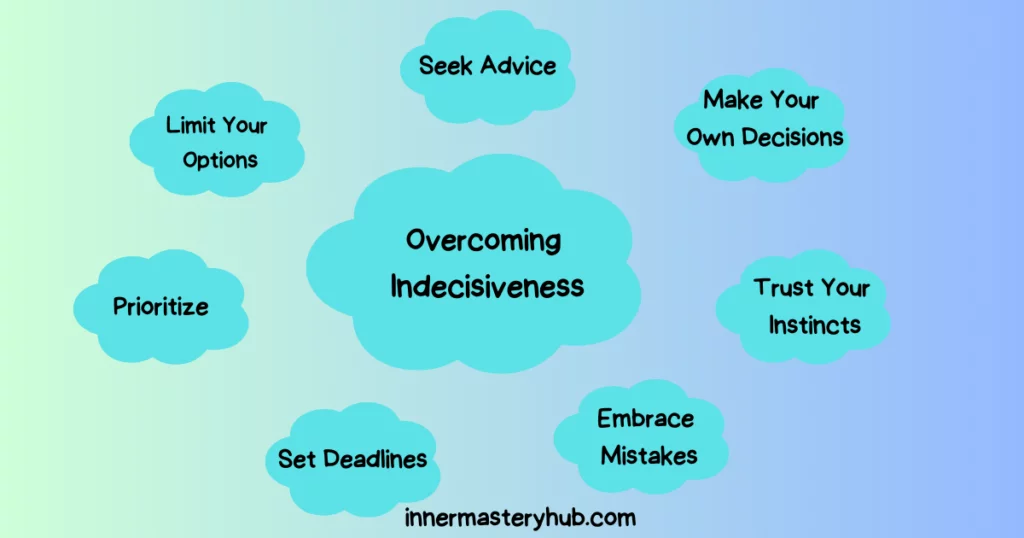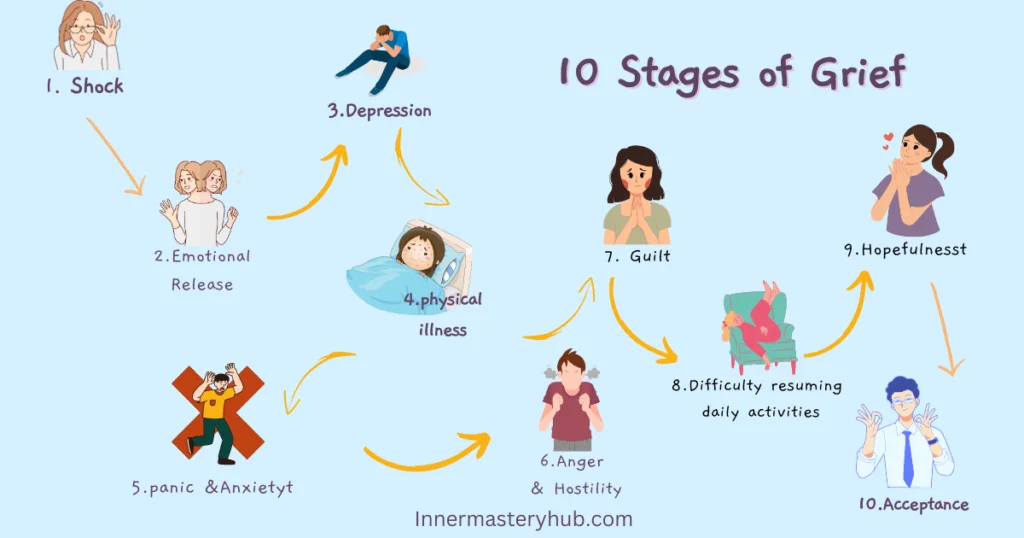
I know the confusion that follows a terrible event. the heavy silence, the racing thoughts, the dread that therapy bills might pile higher than the fear itself. I found that trauma writing prompts gave me an affordable, private, and structured way to face memories at my own pace. You will see the phrase trauma writing prompts again and again in this guide because the prompts form the core of my process.
Table of Contents
trauma locks the story inside
trauma can leave the nervous system on guard long after the danger ends. Research shows that about 70 % of people face at least one potentially traumatic event, yet only 3.9 % develop full PTSD. Most people still carry smaller scars that shape sleep, work, and relationships.
I saw that friends avoided movies with loud sounds. I noticed that I jumped when a door slammed. Writing helped me catch the link between the reaction and the old memory. You may have other signs: headaches, numbness, the urge to stay busy so the mind never drifts. Each sign marks an unfinished story.
Social costs of untreated trauma
Workplaces lose productivity when concentration lapses. Families feel tension when a survivor zones out at dinner. A 2023 umbrella review found PTSD point prevalence ranging from 5 % in community samples to over 15 % among conflict survivors. Unprocessed trauma therefore hurts both the survivor and the wider circle.
unprocessed pain hijacks the present
Hyper-arousal strains the body. Cortisol stays high. The immune system falters. One controlled trial recorded lower cortisol after participants finished a brief expressive writing program compared with controls.
Avoidance shrinks daily life. I skipped highways because one accident replayed in my mind. You might avoid crowds, dogs, or hospitals. Such avoidance reduces the chances for positive experiences that could restore confidence.
Intrusion steals focus. Veterans in a 2023 trial showed large reductions in flashbacks after writing therapy, but only after they confronted images on paper first. Before doing so, their flashbacks shaped every plan.
These facts agitate the problem because they reveal hidden costs: health, social ties, and time. When the costs feel undeniable, the mind becomes willing to try a remedy.
trauma writing prompts that turn pain into a story you control
Writing therapy brings three strengths: low dropout, brief duration, and evidence-based gains. A recent meta-analysis reported that five sessions of Written Exposure Therapy (WET) were non-inferior to longer trauma treatments and kept more people engaged. Another 2024 study comparing two styles of trauma-focused writing found meaningful symptom drops within a month.
I combine those findings with my lived practice to offer four sets of trauma writing prompts. Each set aligns with a phase of healing and keeps sentences starting with a clear subject for easy reading.
Getting ready – safe space for trauma writing prompts
- I choose a consistent time. Morning works because the mind is less cluttered.
- I set a simple timer for 15 minutes. Keeping a boundary prevents overwhelm.
- I ground the body first. You can plant both feet on the floor, name five objects you see, four you feel, three you hear, two you smell, and one you taste.
- I remind myself that I can stop if distress rises above 7 on a 0–10 scale.
This ritual matches guidelines from narrative-writing researchers who stress brief, controlled sessions to avoid re-traumatization.
Prompt Set 1 – grounding the body with trauma writing prompts
Purpose: Calm the nervous system so memories emerge without overload.
- Body scan story – “I feel the tension in my shoulders like a coiled rope. I note warmth in my hands.”
- Five-sense snapshot – “I list one sound, sight, smell, taste, and touch in the current room.”
- Breath count journal – “I describe ten breaths, noting length and ease.”
Daily use example: I wrote the five-sense list before opening work email and noticed muffled traffic noise helped me stay present instead of drifting to last year’s crash scene.
Prompt Set 2 – mapping the memory with trauma writing prompts
Purpose: Place the event in time, space, and sequence to reduce chaos.
- Timeline draft – “I mark the hour before, during, and after the event.”
- Location sketch – “I write where each person stood.”
- Fact-feeling pairing – “I record one objective fact and the feeling that followed.”
Example: I wrote, “Ambulance lights flashed red. I felt numb.” Seeing the fact next to the feeling helped my brain accept both parts.
Prompt Set 3 – rewriting the meaning with trauma writing prompts
Purpose: Shift the narrative from blame to understanding.
- Compassionate observer letter – “I address younger me as if I were a trusted mentor.”
- Lesson list – “I identify skills gained, such as boundary setting.”
- Strength snapshot – “I recall a past time I overcame fear and relate it to the present memory.”
Evidence shows that meaning-making in writing correlates with larger PTSD symptom drops.
Prompt Set 4 – future-self letters using trauma writing prompts
Purpose: Build forward focus that counters rumination.
- Six-month postcard – “I picture ordinary Tuesday life six months from now and describe it.”
- Obstacle rehearsal – “I predict one trigger that may appear next week and write a response plan.”
- Gratitude inventory – “I list three current supports.”
Writing future stories appears to strengthen resilience and lower depressive scores in a six-week program that mixed expressive and affirmative prompts.

Scientific summary – why the prompts work
Exposure element. Writing exposes the memory long enough for habituation. Controlled trials of trauma-focused writing show marked reductions in intrusion scores within four sessions.
Cognitive processing. Fact-feeling pairs drive the brain to link the limbic response with cortical labeling. Neuroscientists note that labeling emotions in words lowers amygdala reactivity.
Meaning creation. Narrative coherence predicts recovery. The 2022 meta-analysis reported that participants who used causal words (“because,” “so”) improved more.
Reduced avoidance. Dropout rates for WET hover near 6 %, far below typical trauma therapy rates that reach 20 %.
Daily integration of trauma writing prompts
Morning micro-session – I complete a grounding prompt with coffee. You might pick a quiet corner before family wakes.
Mid-day reflection – I use a fact-feeling pair after meetings that raise old themes of powerlessness. You can try it after hard classes or tough customer calls.
Evening future letter – I write a six-month postcard on Sundays. The practice reminds me that healing grows over time.
Tip: You can store entries in a password-protected app if privacy is critical. Research on digital writing platforms finds similar benefit when sessions stay brief and structured.
Safety reminders
Writing can stir strong emotions. You can pause, use the five-sense grounding list, or contact a trusted person. If you notice worsening nightmares or self-harm thoughts, you can reach professional help. Written exposure therapy works best when optional mental-health support is nearby.
Conclusion – your story now has pages, not chains
I know the fear that words will unleash a flood that never stops. My experience shows the opposite: pages create a container. Research backs that claim with numbers on symptom drops, cortisol levels, and low dropout.
You hold that same chance. When you pick up a pen and follow these trauma writing prompts, you add structure to chaos and choice to reaction. Your story moves from a loop inside the body to lines on paper you can read, edit, and file. That is progress—one grounded sentence at a time.
RELATED POSTS
Could Childhood Trauma Test can tell all the Reasons?
4 Ways to Embrace Setbacks as a Part of Healing From Trauma
Stuck In Trauma: How To Get Unstuck From Trauma
Frequently-asked questions
What are trauma writing prompts?
Trauma writing prompts are guided questions or statements designed to gently explore distressing experiences on paper. They provide structure, focus, and emotional distance, helping writers process memories, name feelings, and reframe events. By organizing thoughts into language, prompts support insight, self-compassion, and incremental exposure to difficult material, safely revisiting wounds.
How can trauma writing prompts help with healing?
Writing about trauma activates cognitive processing and emotional expression simultaneously. Prompts break overwhelming stories into manageable pieces, transforming implicit memories into coherent narratives. This integration reduces intrusive thoughts and physiological arousal, boosting mood and control. Repetition builds mastery, cultivating resilience, meaning-making, and post-traumatic growth over time for sustained inner recovery.
Which trauma writing prompts work best for beginners?
Beginners benefit from gentle, present-focused prompts, such as describing a safe place, listing supportive people, or noting bodily sensations while recalling mild stressors. Sentence stems like “Right now I feel…” or “One thing I needed then was…” encourage mindfulness and containment, preventing overwhelm while still acknowledging hurt and fostering trust.
How often should I use trauma writing prompts?
Start small—two or three twenty-minute sessions weekly—then adjust based on stress tolerance. Regularity matters more than duration; consistent practice keeps processing active without exhausting reserves. Take breaks whenever emotions spike above comfort zones. Consult a therapist to tailor frequency, ensuring prompts complement, not replace, professional support for sustainable emotional work.
Can trauma writing prompts trigger painful memories?
Yes, prompts can surface vivid, distressing memories because writing lowers avoidance defenses. This discomfort isn’t automatically harmful, yet intensity may exceed coping capacity. Prepare grounding tools—breathing, sensory objects, movement—and set clear time limits. If flashbacks, dissociation, or suicidal thoughts emerge, pause immediately and seek trained mental-health guidance for safety assurance.
What supplies do I need for trauma writing prompts?
Minimal supplies suffice: a dedicated notebook and reliable pen create ritual and containment. Many choose lined pages for structure; others prefer unruled space for drawings alongside words. Digital options like encrypted journals or password-protected apps offer privacy and easy backups. Build a calming environment—soft lighting, water, tissues—supportive reflection and grounding.
How do I stay safe while using trauma writing prompts?
Establish distress-tolerance boundaries before writing: decide session length, rate emotional intensity 0-10, and stop at seven. Keep grounding techniques handy—5-4-3-2-1 senses scan, cold water, guided breathing. Schedule soothing activity afterward. Write a crisis plan listing supports and hotlines. If dysregulation persists, consult trauma-informed professionals promptly to ensure continuous emotional safety.
Are trauma writing prompts effective for PTSD?
Research on expressive writing shows moderate reductions in PTSD symptoms, particularly avoidance and intrusive thoughts, when combined with therapy. Prompts enhance focus on meaning, strengths, and future goals. Effectiveness depends on readiness, support, and regular practice. They’re an accessible adjunct, not a standalone cure, but often accelerate therapeutic gains significantly.
Should I share my trauma writing prompt responses?
Sharing can deepen connection and validation, yet exposure feels vulnerable. Decide purpose and audience—trusted friend, therapist, support group—then clarify boundaries. Remove sensitive identifiers if privacy matters. Observe emotional aftereffects; shame or regret signal oversharing. Ultimately, disclose only when benefits of empathy, accountability, and shared wisdom outweigh any potential future risks.
Where can I find trauma writing prompts online?
Numerous sources offer free, quality prompts: mental-health nonprofits, university counseling centers, and reputable therapy blogs. Search for trauma-focused expressive writing worksheets. Social media communities share hashtag-indexed prompts weekly. Therapy workbooks sold on platforms like Amazon preview sample pages. Verify author credentials—licensed clinicians or peer-reviewed researchers—for safe, evidence-based guidance and inspiration.






